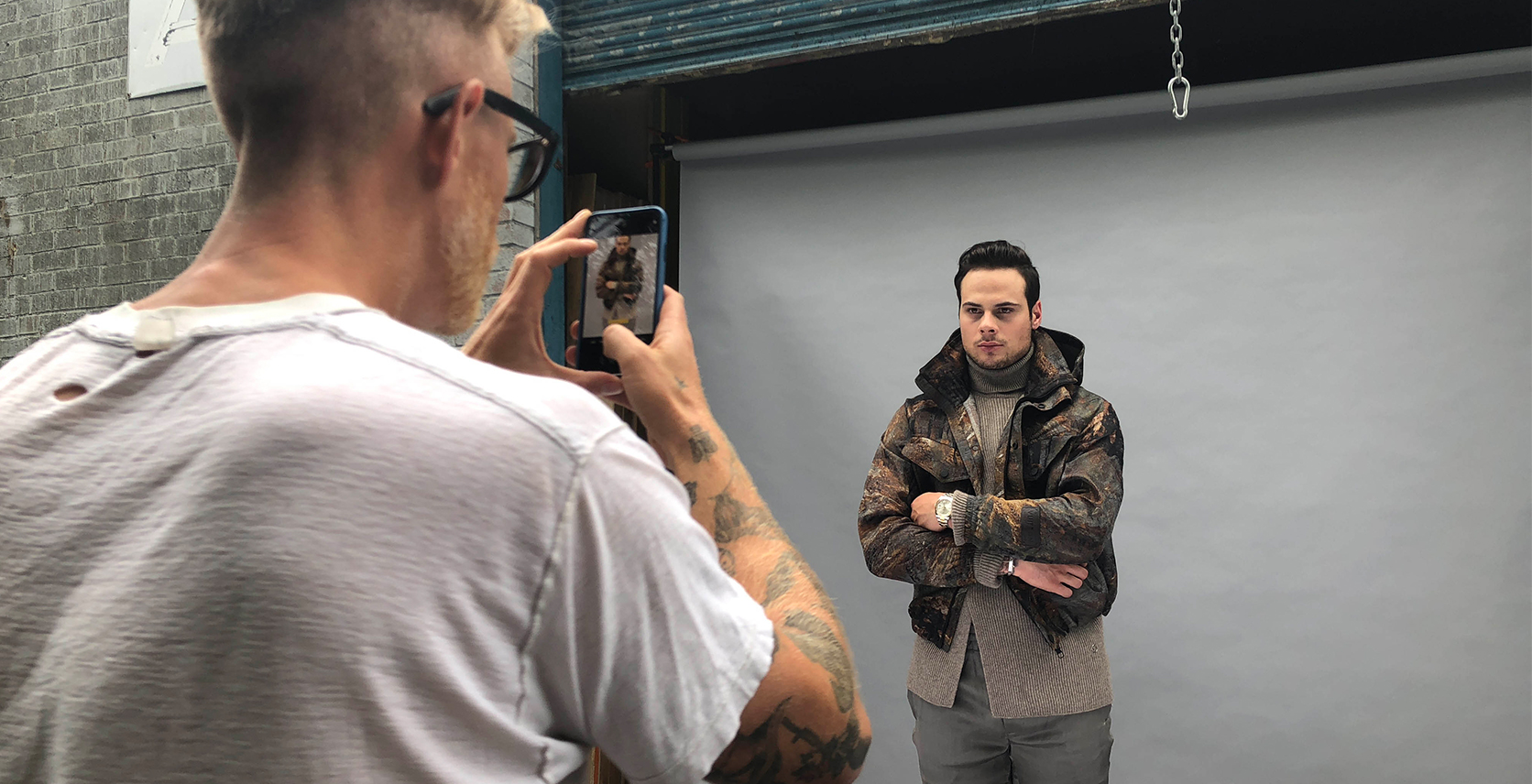How We Shot Auston Matthews for Our Cover with iPhone XS Max
Photographer Matt Barnes knows how to put anyone at ease on set. And by capturing our cover star, Auston Matthews, with iPhone XS Max, he was able to make the hockey star feel especially relaxed. “Shooting an athlete — especially one new to the spotlight — can be an intimidating thing, both for the subject and for the photographer,” Barnes says. “But shooting on iPhone XS Max made it a lot easier to break the ice.”
After all, having just turned 21, Matthews is, definitively, a kid of the smartphone generation. He’s already been posing for his friends’ iPhone photos for years. The fact that a cover shoot can now be executed with a camera that’s also ideal for your vacation shots is a testament to the revolutionary innovations of Apple’s iPhone XS Max.
Chief among those is a unique dual-camera setup, which combines one rear-facing 12MP wide-angle lens with another 12MP telephoto lens. Both feature larger and deeper pixels that work to improve low-light detail and bolster colour fidelity across the board.
Add to that Apple’s advanced A12 chip, which powers a next-generation Neural Engine designed to improve every shot with advanced algorithms. Smart HDR, for instance, will boost shadows and highlights to add back in details that would otherwise be lost. In other words, photographs shot on iPhone XS Max will look great no matter whether they were taken by a pro like Barnes using carefully calibrated studio lighting, or out in the wild in less-than-ideal conditions.
For those seeking that extra-polished look, Barnes recommends firing up the camera’s advanced Portrait Mode. “Even just shooting against a simple background like a grey wall, I used Portrait Mode shooting Auston to give the picture a really rich, photographic feel,” he says.
When shooting in this mode, face detection works to focus in on your subject quickly while TrueDepth depth mapping assesses your surrounding environment. Then, by using iPhone XS Max’s new Depth Control feature, you can adjust the image to keep your subject crisp while softening the bokeh effect to gently blur background elements. To allow you to concentrate on capturing the moment rather than getting lost in controls, Depth Control even allows you to adjust the depth of field after the fact. Portrait Lighting, which lets you add studio- or stage-style lighting effects to your photos, adds even more creative control over your finished shot.
They’re exactly the kind of effects that might look particularly great in, say, an Auston Matthews selfie taken right after he wins the Stanley Cup.










